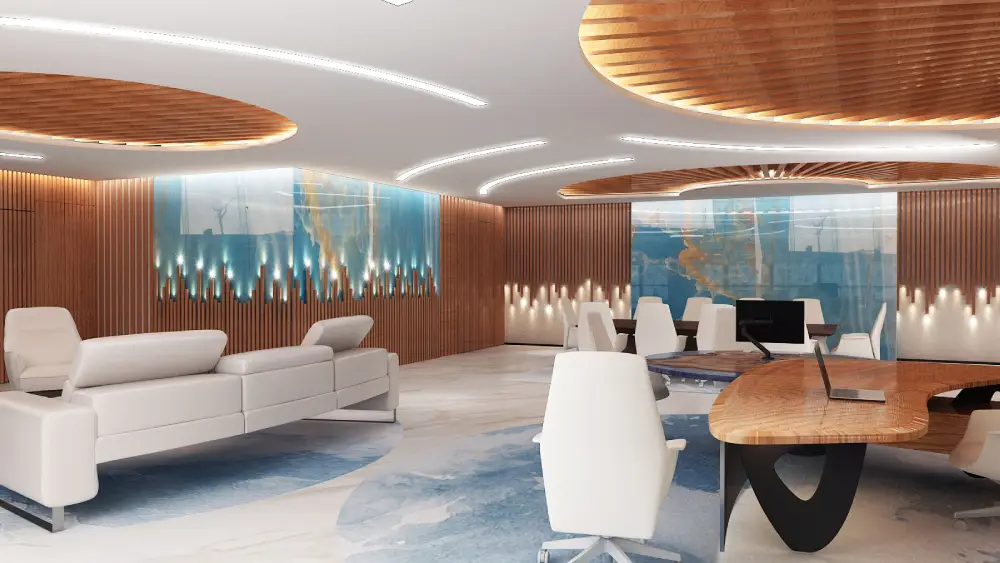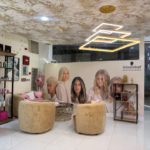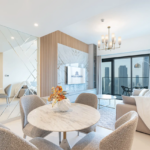
Lighting is a key element in office interior fit-out projects, significantly impacting productivity, employee well-being, and the overall ambiance of the workspace. Effective lighting design improves functionality, supports various tasks, and creates a pleasant work environment. Here’s a guide from the best office fit out company in Dubai to key lighting considerations for your office fit-out project.
Understand different lighting types:
Understanding the types of lighting is fundamental for effective office design. The three main types are ambient, task, and accent lighting:
Ambient lighting: This is the primary source of light in the office, providing overall illumination. It should be evenly distributed to avoid shadows and ensure that the workspace is well-lit. Common choices include ceiling-mounted fixtures and LED panels.
Task lighting: Task lighting focuses on specific areas where detailed work is performed, such as desks or workstations. Adjustable desk lamps, pendant lights, and under-cabinet lighting are ideal for reducing eye strain and improving focus.
Accent lighting: Accent lighting adds visual interest and highlights architectural features or artwork. It can create a vigorous and engaging environment, contributing to the office’s aesthetic appeal.
Increase natural light:
Natural light has numerous benefits, including improved mood and increased productivity. Design your office to increase natural light by incorporating large windows, skylights, and glass partitions. Position workstations near windows and use light-filtering blinds to control glare and optimize daylight exposure. Natural light can reduce the need for artificial lighting, contributing to energy savings.
Consider light quality and color temperature:
The quality and color temperature of lighting influence the office environment. Choose light sources with a high Color Rendering Index (CRI) to ensure that colors appear accurate and vibrant. For a comfortable and productive workspace, select light sources with a color temperature of 4000K to 5000K, which provides a neutral to cool white light. This range mimics daylight and supports alertness and focus.
Implement flexible lighting controls:
Flexible lighting controls allow employees to adjust lighting according to their needs and preferences. Dimmable lights and adjustable fixtures allow users to customize the light intensity and direction. Implementing smart lighting systems with motion sensors and timers can improve energy efficiency by automatically adjusting light levels based on occupancy and time of day.




